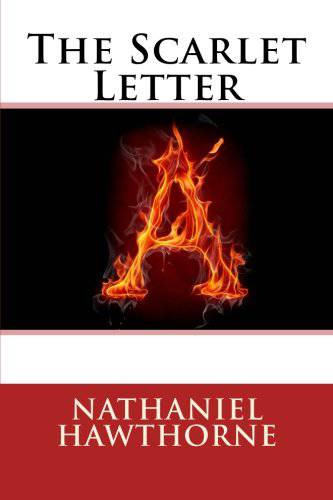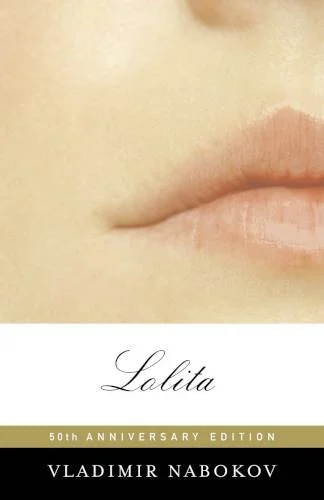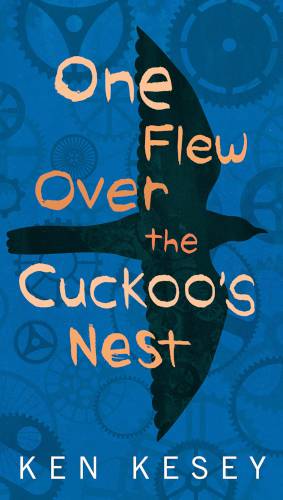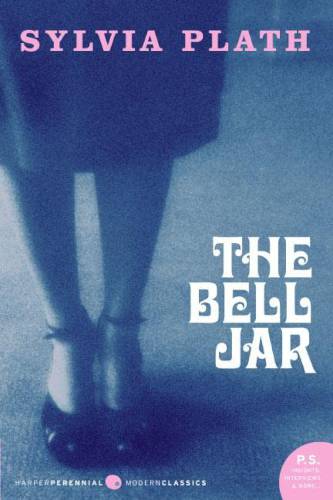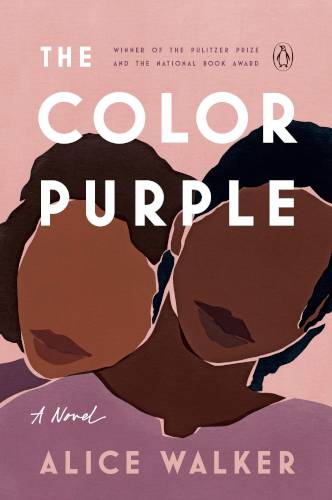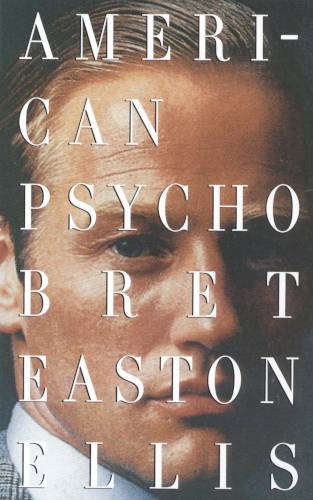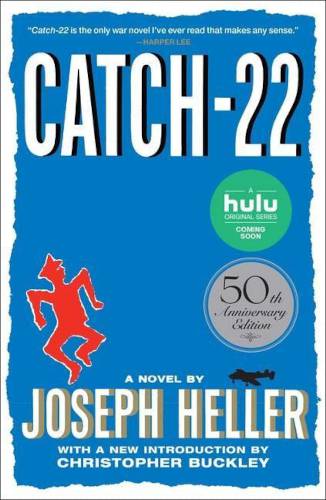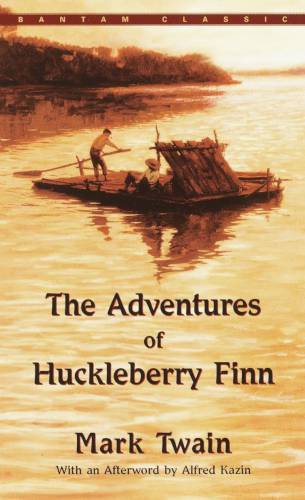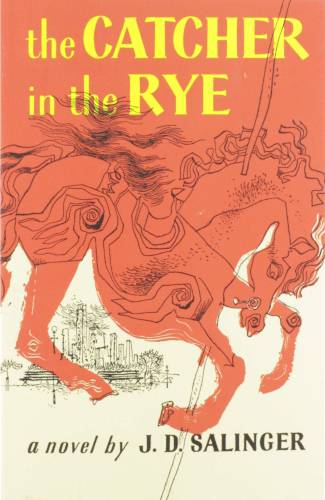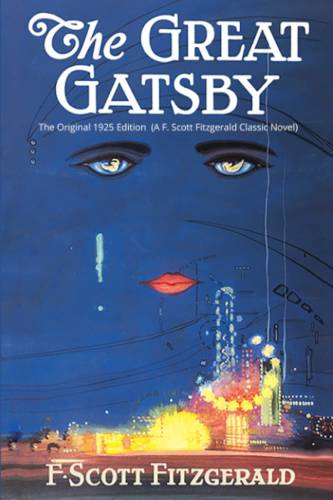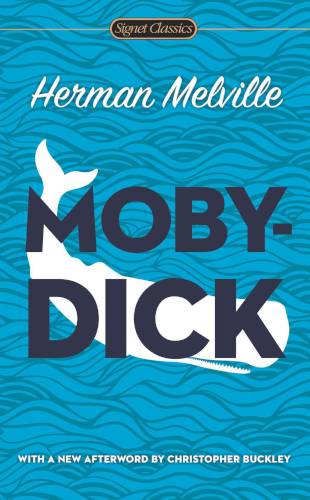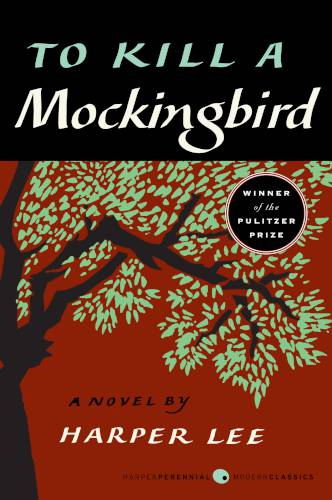The classic books of American literature are among those must-read books. Not only did they have immense influence over the development of writing, but they endure as stories beloved by many worldwide. In short, Great American Novels explore American identities from throughout the country’s history. Here are the classics of American literature that we consider essential reading.
12. The Scarlet Letter (Nathaniel Hawthorne)
Famed English writer D. H. Lawrence may have had many controversial stances on literature, but every critic agrees with his statement that The Scarlet Letter is a “perfect work of the American imagination.” Written by Nathaniel Hawthorne, The Scarlet Letter deals with the concept of social and religious stigma, specifically with protagonist Hester Prynne having a baby out of wedlock in the 1640s. The Scarlet Letter is written halfway between reality and a sort of dreamworld, further setting it apart as a wholly unique story of its time. Fun fact: The Scarlet Letter was America’s first mass-produced novel!
11. Lolita (Vladimir Nabokov)
Despite receiving two film adaptations and a Broadway musical, Lolita remains a controversial novel to this day. Why? Because it centers on a pedophilic professor who kidnaps and sexually abuses a 12-year-old girl. Russian-American writer Vladimir Nabokov experiments with the erotica genre by combining it with modernism and an unreliable narrator. Some have even gone so far as to argue Lolita is a sarcastic novel-of-manners that was never intended as erotica. Either way, Lolita is certainly an unusual book—one that Nabokov claimed to have no ultimate moral or point to make.
10. One Flew Over the Cuckoo’s Nest (Ken Kesey)
One Flew Over the Cuckoo’s Nest was made into a five-time Oscar-winning film back in the 1970s (directed by Miloš Forman), which was filmed on-location in the very hospital featured in the novel. Nurse Ratched and electroshock therapy aren’t exactly conducive to treating mental illness, as Ken Kesey explores in his daring psychiatric critique. Although Randle Patrick McMurphy is the protagonist of the movie version—feigning insanity to avoid prison time, played by Jack Nicholson—the book is narrated by “Chief” Bromden, who feigns as a deaf-mute. Oregon State Hospital is still in use today, though hopefully its patients don’t receive the same kind of treatment as in this story!
9. The Bell Jar (Sylvia Plath)
Sylvia Plath was a Pulitzer Prize-winning poet (honored posthumously), whose life tragically ended at just 30 years old. While she was alive, she wrote one novel that ended up a classic piece of feminist literature! Not just because it was written by a female, mind you, but for its themes of power and double standards back in the 1960s. The roman à clef is semi-autobiographical, as the protagonist Esther Greenwood mirrors Plath’s own mental struggles. Sadly, Plath committed suicide a month after The Bell Jar’s UK release, published under the pseudonym Victoria Lucas, and she never got to witness its success.
8. The Color Purple (Alice Walker)
Unfortunately, when writing about American national identity, there’s no escaping its dark history of racism and slavery. Alice Walker confronts this truth, alongside themes of dual identity, in her epistolary novel set in the early 20th century. The Color Purple follows young Celie from her teenage years right into her 40s, where she faces twice the oppression: as a poor, uneducated African-American girl in rural Georgia, but also in a West African village. Its explicit details ended up getting the novel banned in many schools across the US. But given that most of the books on this list were also banned at some point, I’d say she was in good company.
7. American Psycho (Bret Easton Ellis)
Most people know American Psycho as the cult classic horror movie, ironically starring British actor Christian Bale. Director Mary Harron did a great job adapting the novel to film, but—like most book-to-movie adaptations—it doesn’t fully capture the nuance and effect of its source material. American Psycho is told from Patrick Bateman’s point of view. Despite his polite, well-groomed businessman presence, Bateman is insanely neurotic and actually loves to chainsaw people. Author Bret Easton Ellis used the serial killer archetype to critique American yuppie culture in this postmodern masterpiece.
6. Catch-22 (Joseph Heller)
Catch-22’s structure is a bit all over the place. We’re taken through different storylines in non-chronological order by an omniscient narrator. But it’s worth reading as it uses free association, paradoxes, and circular repetition to poke fun at war. Not to say that Joseph Heller is disregarding the tragedy that people face during wartime. Rather, he uses satire in Catch-22 to point out and denounce the madness of war itself. To this day, Catch-22 is frequently cited as one of the most accurate presentations of war in literature.
5. The Adventures of Huckleberry Finn (Mark Twain)
Dubbed the “Father of American Literature,” Mark Twain was also the creator of the mischievous Tom Sawyer as well as Huckleberry Finn. Both young Southern boys have their own adventure novels, connected by the sequels Tom Sawyer Abroad and Tom Sawyer, Detective, in which they both appear. But as a classic, Huck Finn ekes out the win. Inspired by his own life growing up in Missouri, The Adventures of Huckleberry Finn is a meditation on boyhood that changed the course of children’s books forever. The presence of the South is felt through its use of vernacular English (the first novel to use it entirely), local color regionalism, and entrenched racism (the stance of which is still debated today).
4. The Catcher in the Rye (J. D. Salinger)
Holden Caulfield is cynical, angsty, depressed, and antisocial. Yet, many readers—especially young adults—can’t help but relate to him. Disappointed with the adult world, Caulfield finds his coming-of-age story a devastating task. Caulfield has since become an icon of teenage rebellion, used as the basis for many characters in film and literature. Author J. D. Salinger originally published The Catcher in the Rye in serial form in the 1940s. Once it was novelized, The Catcher in the Rye began selling a million copies a year!
3. The Great Gatsby (F. Scott Fitzgerald)
Before Baz Luhrmann glitzed up The Great Gatsby with Leonardo DiCaprio and a Jay-Z soundtrack, it was a classic 1920s romance novel by F. Scott Fitzgerald, who was known for his exuberant works on the Jazz Age and regarded as one of the greatest writers of the 20th century. A commercial disappointment when it first published, The Great Gatsby is now Fitzgerald’s most famous novel, offering a contemptuous view of the American Dream. The naively ambitious everyman is let down while the rich “only ever get richer.” The mysterious Jay Gatsby—a poor man faking as a rich one—is the only exception from this rule.
2. Moby Dick (Herman Melville)
Moby Dick is now considered a milestone of the American Renaissance, but it didn’t see success for at least seven decades after it published. In fact, Moby Dick was such a flop it went out of print! It’s funny since nowadays everyone has heard of Moby Dick, even those who have never read it. The book about the white whale and… what’s his name… Ishmael? The guy who joins a whaling ship, unprepared for the revenge quest before him. Herman Melville drew on his own experiences as a sailor in 1841 as well as Shakespeare when writing Moby Dick. It employs almost every literary device: poems, songs, soliloquies, stage directions, asides, and more.
1. To Kill a Mockingbird (Harper Lee)
Southern Gothic is a common subgenre found amongst Great American Novels, from Tennessee Williams to William Faulkner. Harper Lee joined the club in 1960 with To Kill a Mockingbird. To Kill a Mockingbird challenged racial inequality at the cusp of the Civil Rights Movement. The sensitive, heartbreaking story is told from a child’s perspective, who awakens to the incomprehensible reality of prejudice during the Great Depression. A movie adaptation of To Kill a Mockingbird was made in 1962 by director Robert Mulligan, who crafted the film so well that the Library of Congress preserved it in the National Film Registry in 1995. Read next: To Kill a Mockingbird: The Book vs. The Movie, Compared
